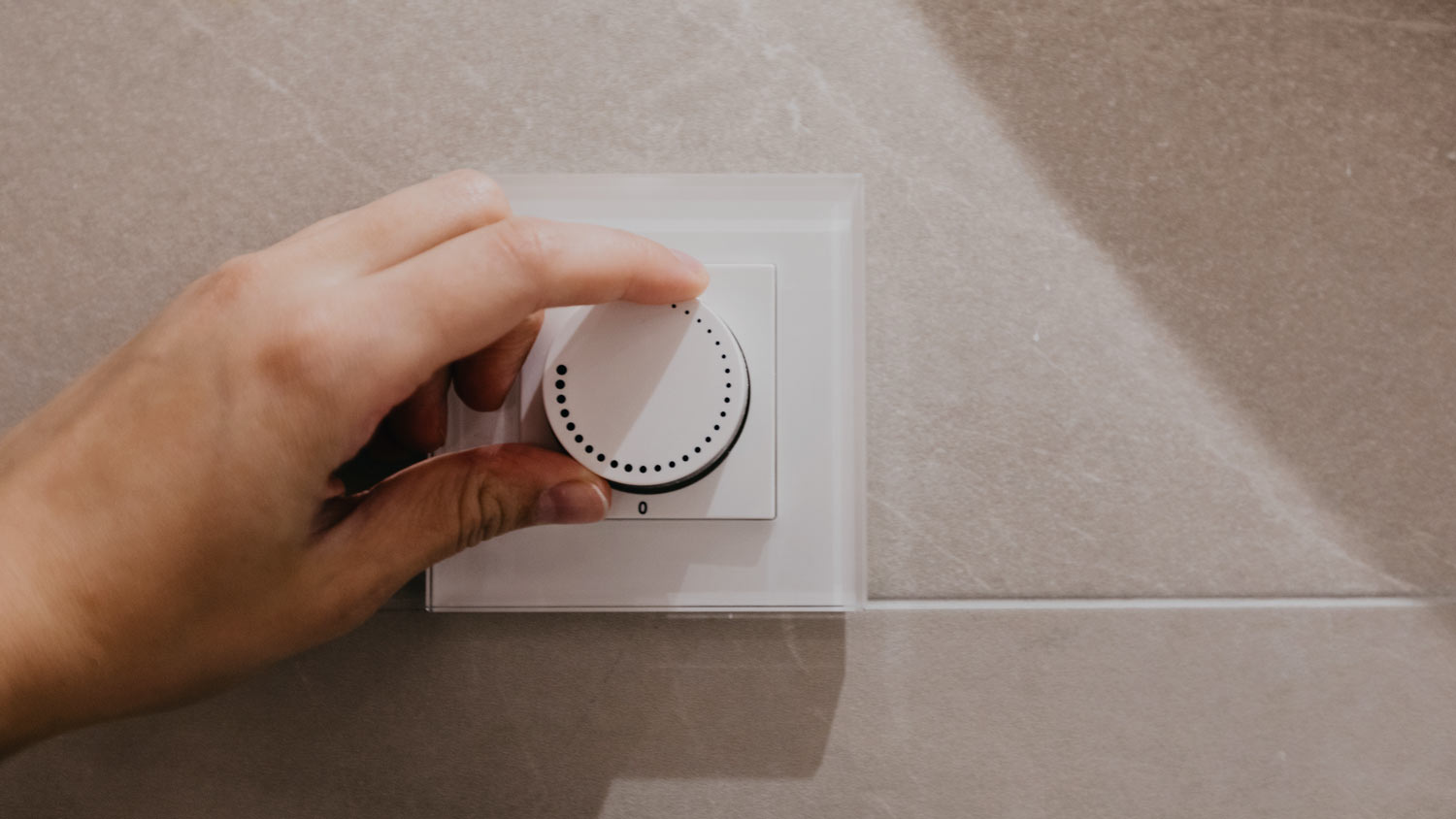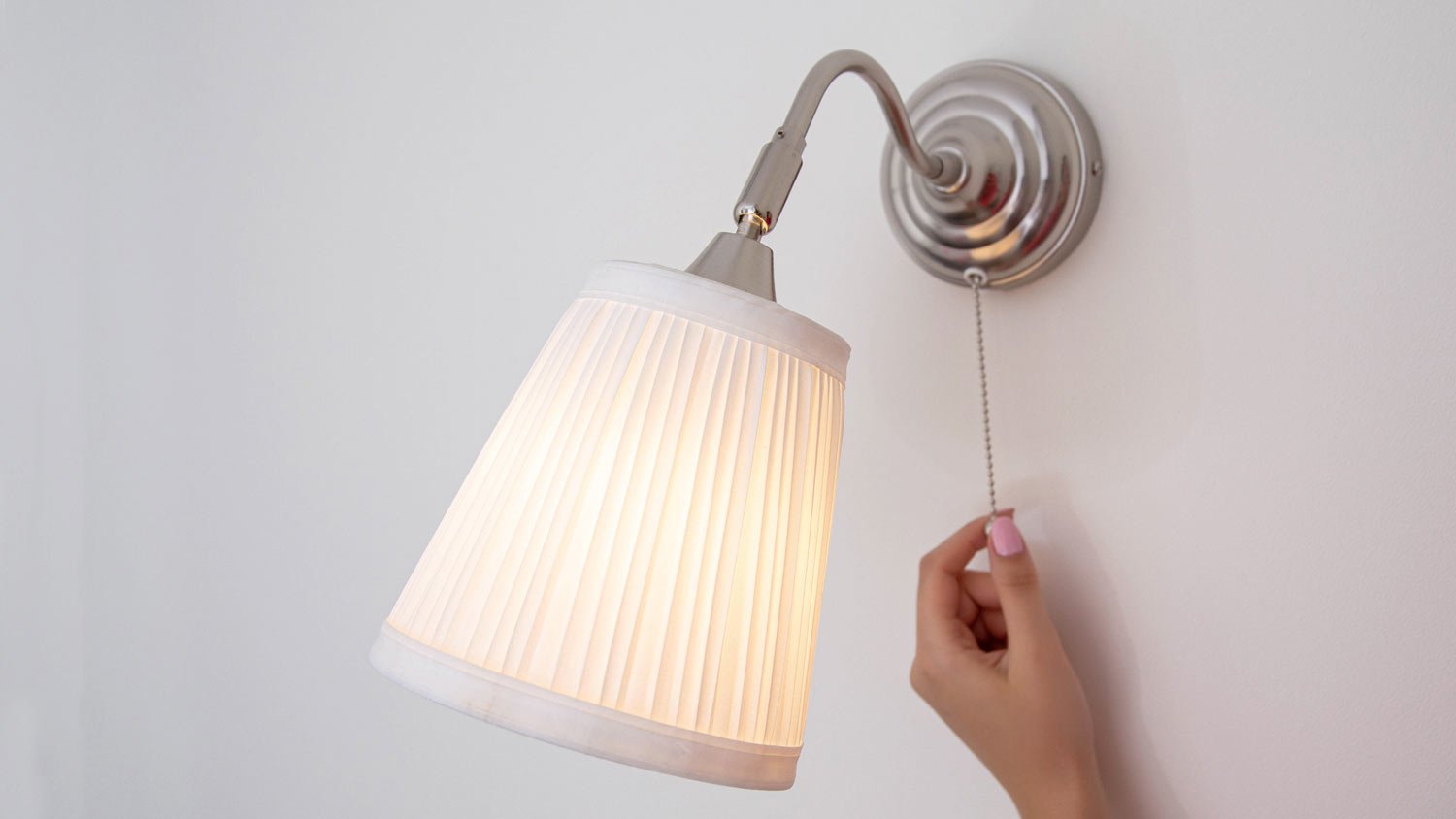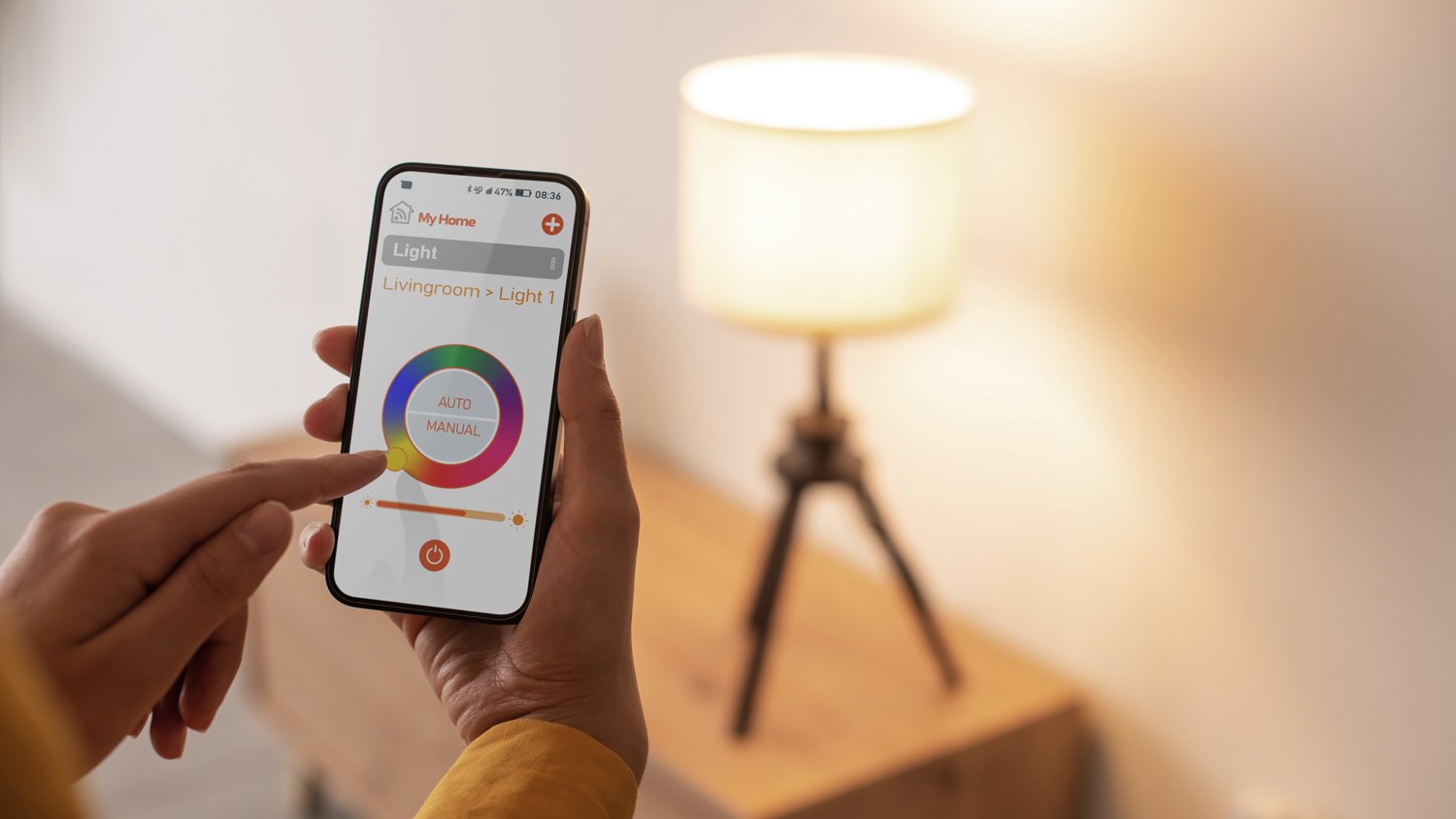
How much does rewire house cost in Columbus? Learn the major factors that impact the price and how it can help increase your home's value.
What's that switch called? Wonder no more.


When it comes to the switches around your home, there's more than meets the eye. Beneath those standard faceplates lie different kinds of switches meant to make controlling the lights (or other appliances in your home) just a little bit easier. Some of the most common light switch types are single-pole switches, double-pole switches, and three-way switches, but we’ve covered every type for you here.
Single-pole switches are easily the most common kind you’ll find around the home. And if you want to learn how to wire a light switch, this will probably be the one to do it with. They can operate any single device that needs electricity.
Single pole switches connect to your home’s wiring in three ways: one connection directs power in, one other directs energy out, and the third connects to the circuit’s ground wire. Look for these in places like bathrooms, bedrooms, and closets. They are rated between 15 and 20 amps.
Best For: Controlling a single light or other device

On the surface, a double-pole switch doesn’t seem that different from its friend, the single-pole switch. Both control power from one location, and both attach to your home’s wiring the same way. The difference is a matter of power that can run through it, and its ability to shut off power to two powered conductors simultaneously. With a rating of up to 30 amps, you’re more likely to find a double-pole switch in places running serious machinery.
Best For: Powering devices with a heavy electrical load
While single-pole switches can only control light fixtures in one location, three-way switches control lights from two different locations. They have one additional connection to be attached to more wires than a single-pole switch. The best example of a three-way switch is a set of lights at the top or bottom of the staircase. You turn on the light to get up the stairs, and turn it off once you’ve reached the top: You’re controlling the light from two locations. Like the single pole, these are rated between 15 and 20 amps.
Best For: Controlling one device from two switches
What does the four-way switch do? If you guessed that it gives you even more range of control, then you’re right. A four-way switch increases the number of connections to your home’s wiring, thus giving you even more control from different locations.
If you have a long hallway that branches off into bedrooms, bathrooms, and living space, four-way switches control the lighting from even more locations than the three-way switch allows.
Best For: Controlling one device from three or more switches
A popular choice for single- or double-pole switches, this style is operated from left to right instead of up and down. It also has a raised look that makes it particularly attractive.
Best For: Adding an interesting look to your run-of-the-mill switches
A rocker switch has a wider toggle than traditional switches. It resembles a see-saw. They can be found in some homes and industrial settings, they are common though usually coated with rubber or illuminated to make them easier to see in the dark.
Best For: Industrial use or to add a rustic look at home
Rather than just turning the power source on and off, dimmer switches are designed and wired to lower or intensify the amount of light in a given room.
Best For: Adding customizable light to a room

If you want to independently dim your electrical applications and all types of light fixtures from multiple locations, a multiway switch may be the best choice for your home. Common locations for multiway dimmer switches include having a light switch at opposite ends of your hallway or kitchen for added ambiance.
Best For: Controlling lights in a large room, hallway, or other big space

As the name would indicate, these switches pair with devices like Siri, Alexa, or Google to help you control the lights (and other devices in your home) remotely without accessing the switch manually.
Best For: Conveniently controlling lights and devices from your phone
Most commonly used with single-pole switches, the push-button style is used in place of a toggle. A push-button switch has one button to turn the power on and a second button to turn the power off.
Best For: People who prefer the look of a push-button over toggle switches
Forgetful homeowners, this one’s for you. Proximity switches, or motion-censored light switches, use motion-sensing technology to turn on when someone enters the room and turn off when they leave. Plus, they can help you save on energy costs.
Best For: Saving money on powering your lights
You can operate this type of switch using a pair of buttons or a dial. The user works the lights wired to the switch by turning the dial or pressing the button until they have activated the light source of their choice.
Best For: Fine control of a light’s brightness
Just as the proximity light switch activates when it senses motion, this switch activates when it senses sound.
Best For: A simpler alternative to smart light switches

Most commonly found in old basements (and the occasional horror movie), pull-chain style switches operate using a metal chain or pull rather than toggles or switches.
Best For: Powering lamps and wall sconces without in-depth wall wiring
Much like your touchscreen phone, touch switches operate through the use of—you guessed it—touch. By tapping your touch switch, you trigger the light fixture’s circuit to open or close, turning it on or off.
Best For: Adding a clean, modern look to your switches

If you’re looking for a snazzy, high-tech light switch, then look no further than a wireless switch. Also called remote light switches, these switches work through a transmitter system that signals to an internal receiver that it’s time to turn on or off.
Best For: High-tech homes and convenient switching
If you're concerned about vandalism, you might choose an anti-vandal switch on the exterior of your home. These switches are more commonly used in high-traffic areas, such as a crossing light or business entryway, and they work best in locations with higher chances of wear and tear.
Best For: Use in high-traffic areas where security is a concern
Photoelectric switches have a sensor that detects light. If there is no light, the sensors turn on, and if there is light, the sensors turn off to conserve energy without using physical touch. These light switches work similarly to motion sensors, only they use light levels as an indication of how much light to emit.
Best For: Accessibility in the home, especially for people with disabilities
Though no longer used in residential light fixtures due to environmental and bodily safety hazards, some older appliances like gas furnaces, boilers, gas air conditioning, and microwave ovens may contain mercury switches. Mercury switches, or mercury tilt switches, contain slight amounts of liquid mercury that opens and closes the circuit in your light switch.
Best For: Nothing, these are obsolete and no longer used
If you’ve ever stumbled around in the dark looking for the light switch, an illuminated switch can make it easy to locate and light up the room.
Also called locator switches, these light switches come in many different varieties. Lights come from underneath the switch, from the center of the switch, or from the switch’s outline.
Best For: Bathrooms and any other room you struggle to find the switch in
The best light switch is user-dependent. What works for one person might not work for another. Someone looking to ward off burglars may choose to install proximity light switches or anti-vandal switches, while someone who simply wants to find the switch in the bathroom without using a nightlight may prefer an illuminated light switch. Consider the location of your light switch and the features you want to help you decide on the right light switch for your home.
You’ll also want to ensure that the light switch you use is compatible with the circuit it will be used on—you won’t want to use a double-pole switch for a single light switch, for instance.
On average, it costs $150 to install a light switch in your home. If your home needs transfer switches installed (in layperson's terms, if you want a switch installed in a room where there isn't already access to your home’s wiring), that can cost between $300 and $2,400. If you plan on adding dimmer switches, expect to tack on an additional $100 to $200.
The average cost to repair a light switch is between $50 and $200. Consult an electrician to learn more about the factors that can affect price.
If you’re just replacing an existing light switch, the project is fairly easy to DIY and you’ll save a lot on costs. But keep in mind that you’ll need to take a few precautions since you’ll be working with electricity.
If you’re having issues with the light switch, working with dimmers, or installing new light switches, it’s best to contact a local electrician instead. You may want to bundle this project with replacing or installing outlets since replacing a light switch is often a quick task.
From average costs to expert advice, get all the answers you need to get your job done.

How much does rewire house cost in Columbus? Learn the major factors that impact the price and how it can help increase your home's value.

How much does adding an electrical outlet cost in Columbus? Get details on average pricing, permit needs, and what affects the total cost.

If your outside electrical meter box has sustained wear and tear, it might be time for a replacement. How much it costs to replace an electrical meter box depends on labor, model, and box type.

A dead outlet is more than an annoyance. It can be a fire hazard, too. Here’s how to deal with a dead outlet to keep your home safe and prevent fire.

Installing a USB outlet can enhance your charging situation at home. From what a USB Outlet is to the cost of installation, we’ve rounded up what you need to know before installing an outlet in your home.

Learn a new skill and find out how to wire a light switch (safely) in your own home. This is one project that’s sure to light up your day.